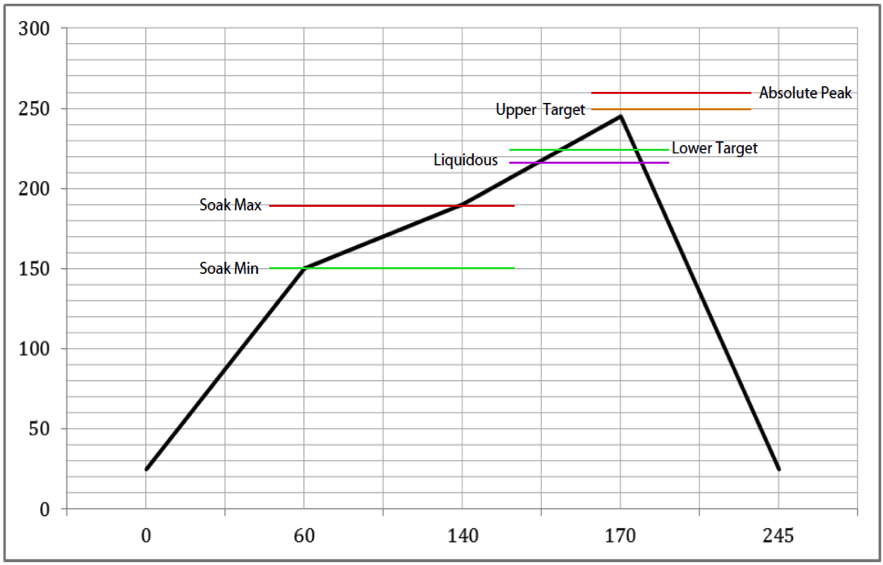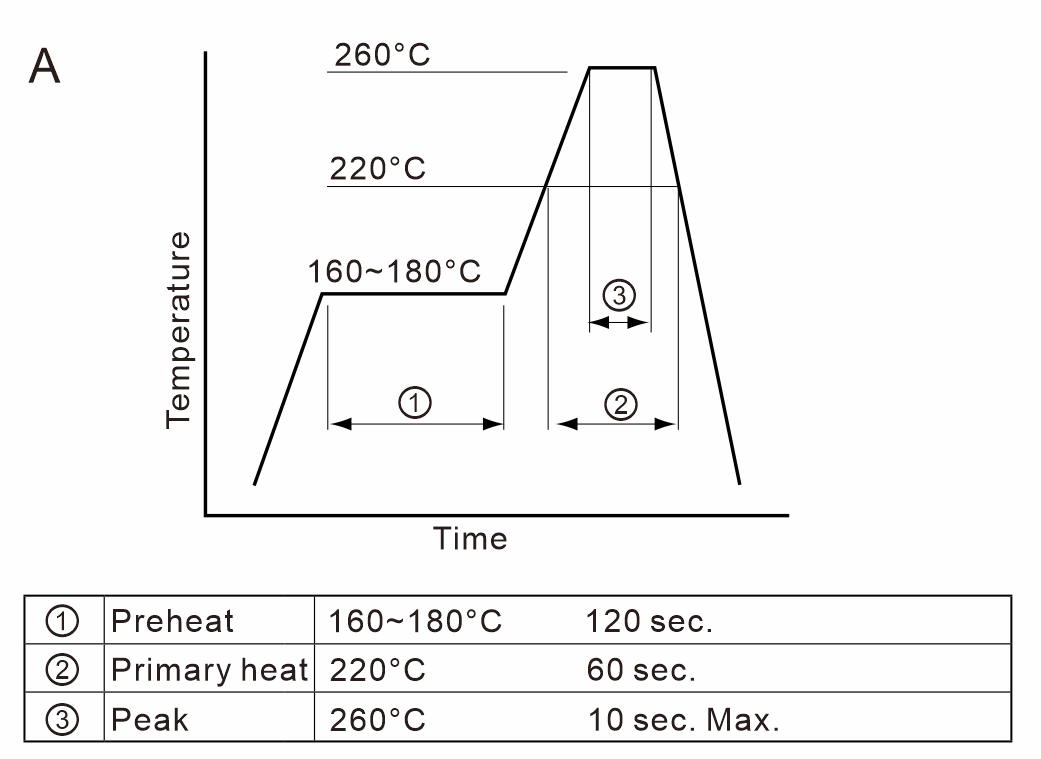

Then there was the source of the problem - masking tape! Masking tape is used to prevent electrical shorts between the aluminum foil used to cover the insulation material and the controller PCBs. Opening the hood was quite simple, just pull the drawer out, and remove a few screws. So I decided to open it up and see what's causing the odor. And the smell did not go away even after a few runs. It was so toxic, that it gave me a bad headache. Upon its first run, it produced something that I have never smelled before. But this oven is no ordinary oven in that respect. Like any oven, I expected some odor/fume to come out on the first few runs. I want to share what I did to improve on those issues. Even though I'm lucky enough to not fry any PCBs with this oven, some parts did come out looking burned. As lead-free solder requires much higher temperature to reflow, the extra temperature needed to ensure the solder reflow on all parts of PCBs can burn the parts in the hot spots. This is not an issue with leaded solder, but becomes a major problem with lead-free solder. The oven itself produces the smell even without anything in it. I'm not taking about the smell of solder paste melting. There are some issues with this oven, but my experience is rather positive overall. It has a microcontroller to control temperature and timing (profile), so you can basically put populated PCBs in, push the button and simply wait for a few minutes.
#REFLOW TEMPERATURE FREE#
(Feel free to skip this part if you already have the oven.) T962A is an inexpensive IR (infrared) SMD reflow oven. After much researching, I decided to give it a try.

The reviews are split on this oven - some find it to be quite acceptable, while others find it completely useless. I've recently purchased a popular T962A SMD reflow oven.


 0 kommentar(er)
0 kommentar(er)
